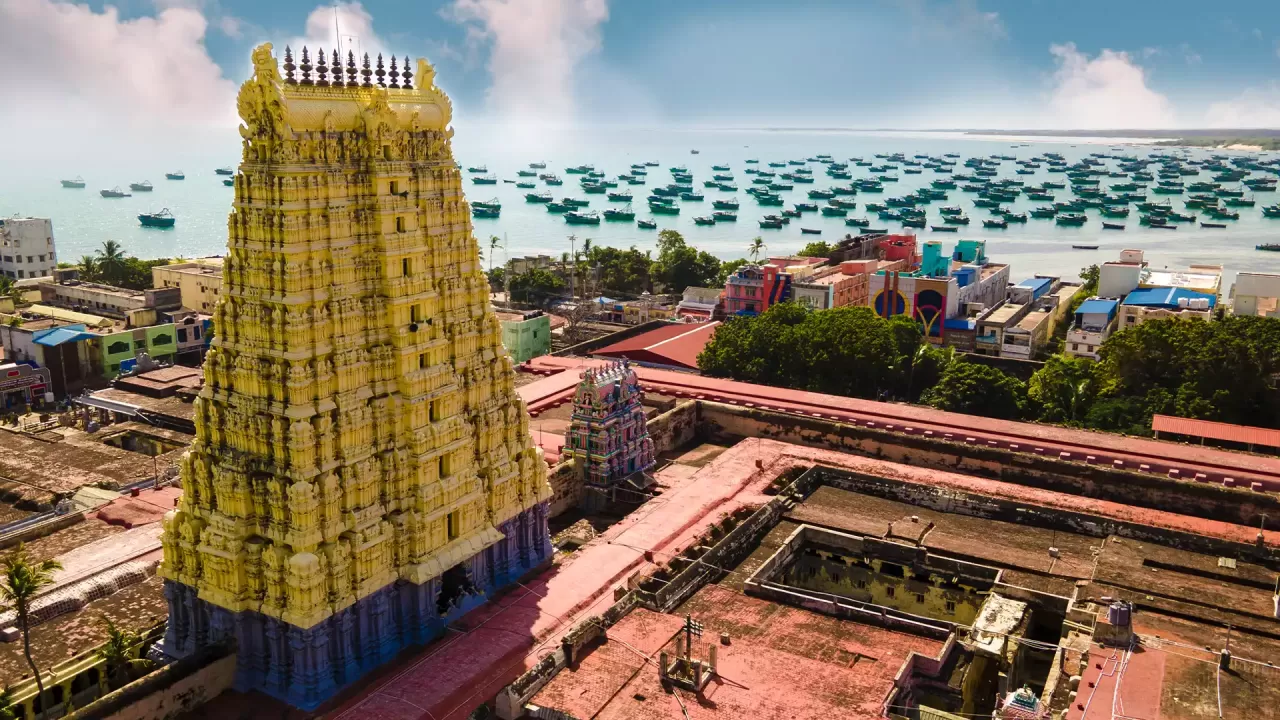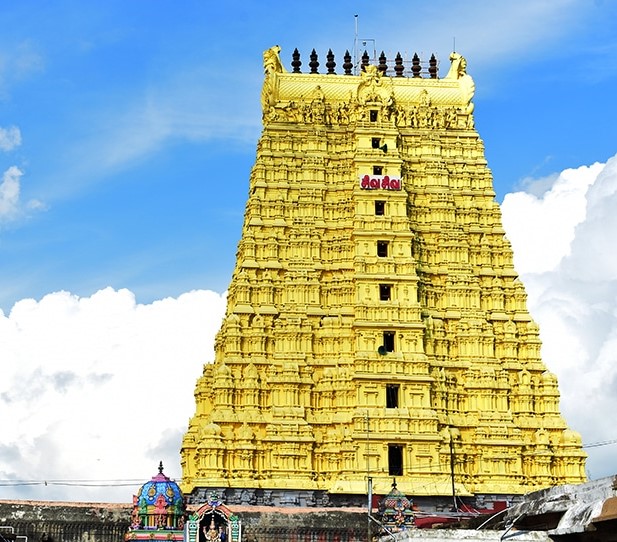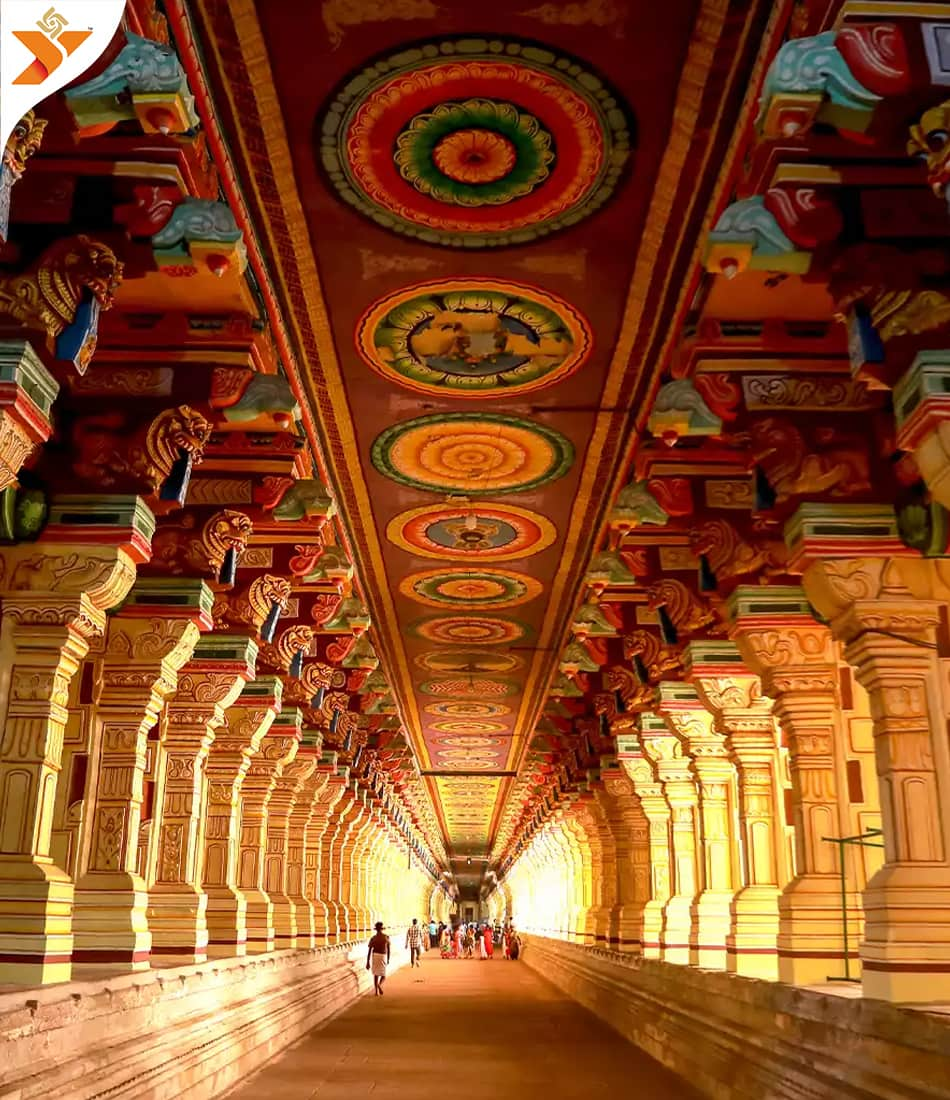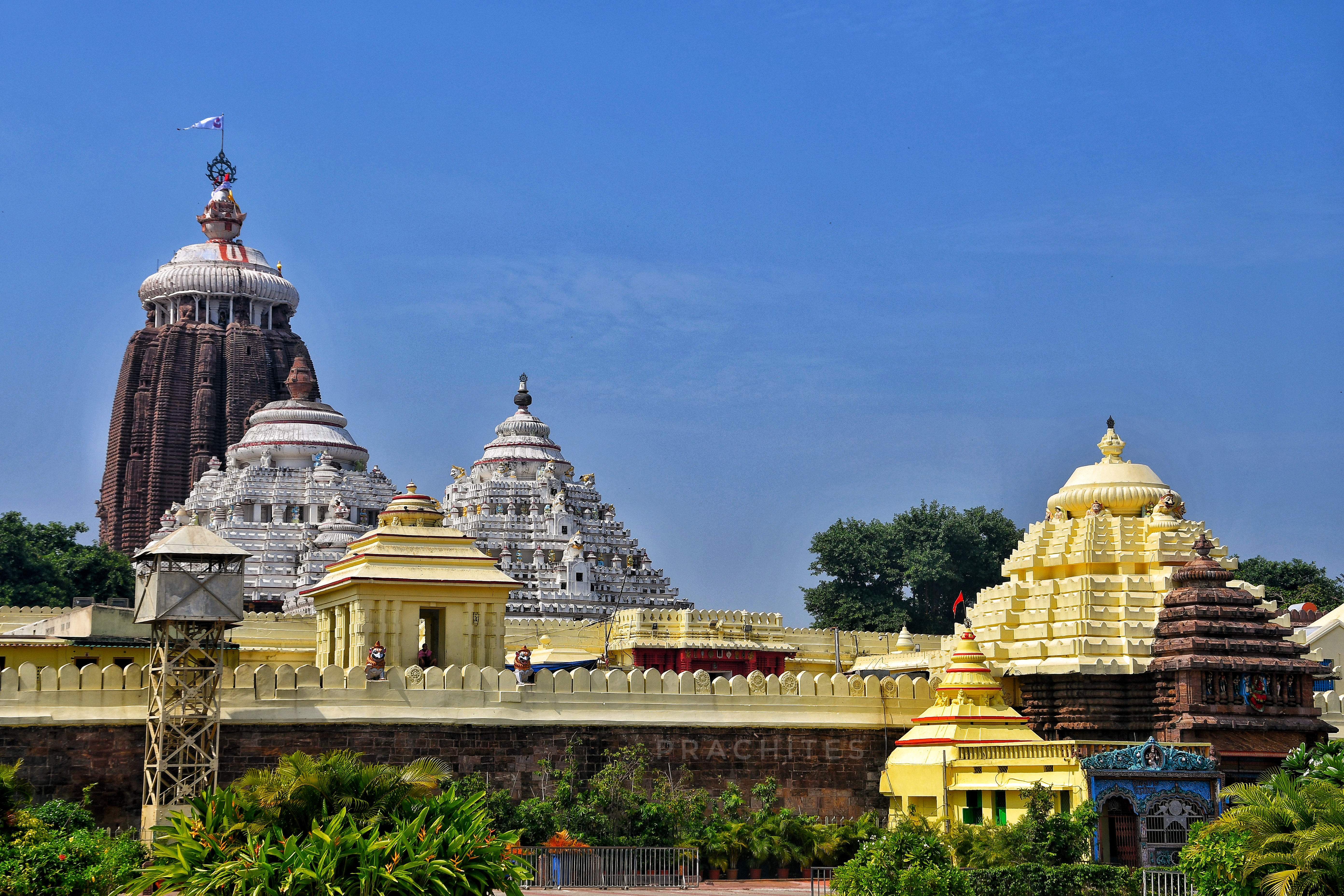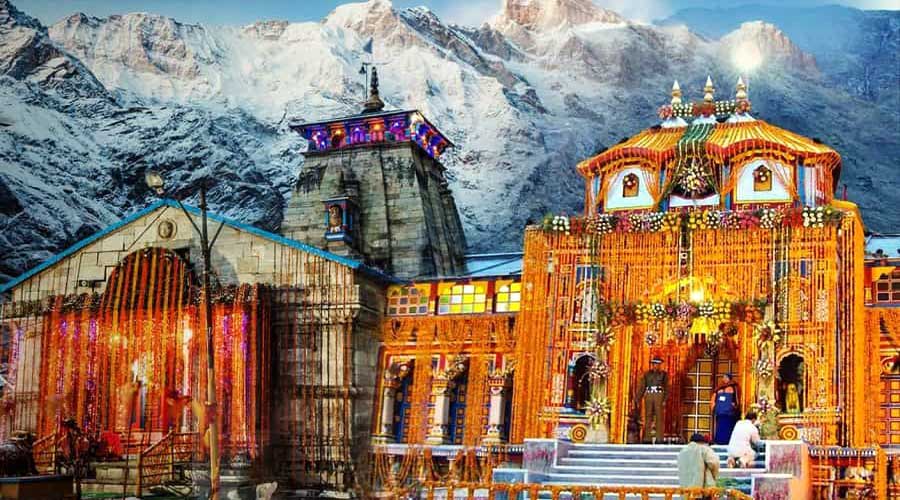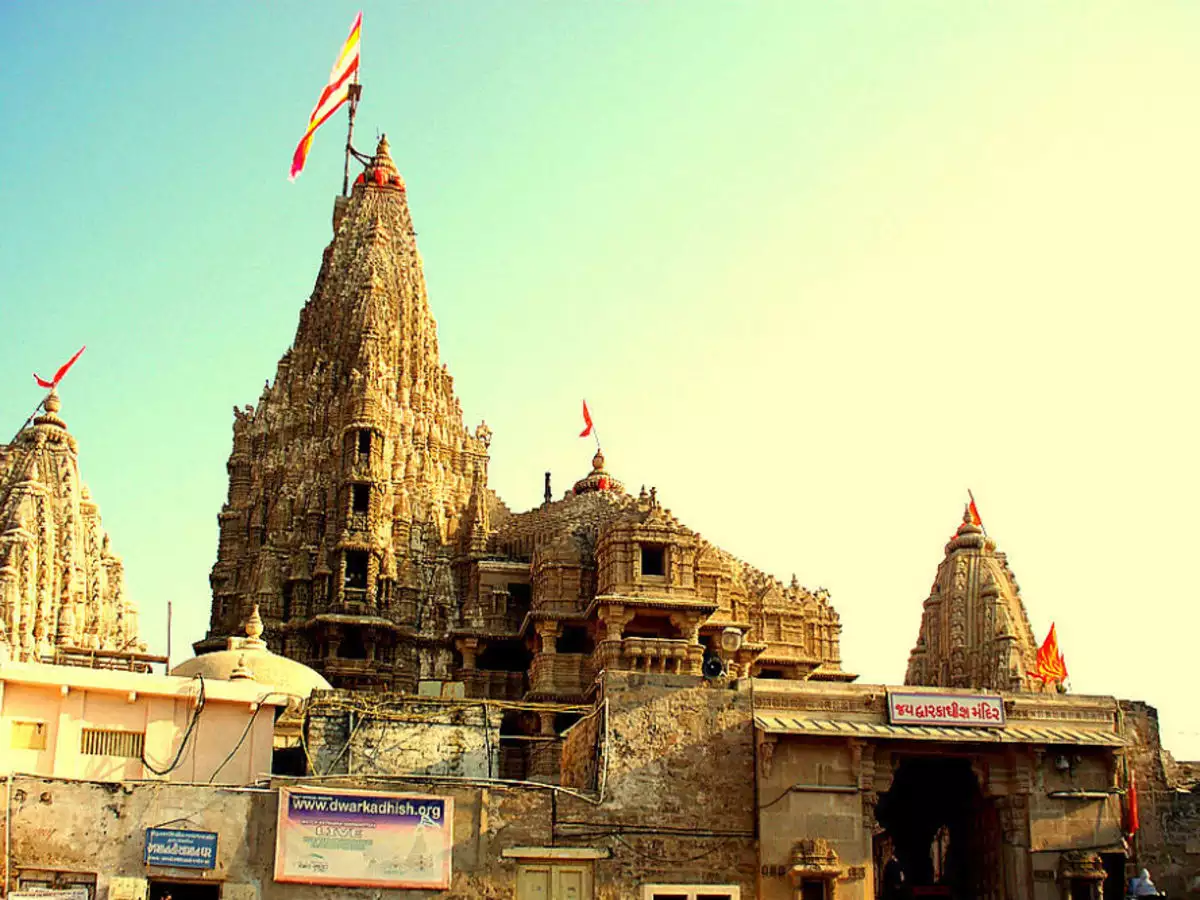History
Location: Rameswaram, Tamil Nadu, India
Ramanathaswamy temple is known for its imposing structure, majestic towers, intricate sculptural works and corridors, making it an architectural marvel. The main deity worshipped in the temple is in the form of lingam. There is also an idol of Nandi, which is a massive statue, about 17.5 feet tall. Other deities worshipped here include Goddess Vishalakshi, Parvathavardhini, Lord Vinayaka and Lord Subrahmanya, Utsava idol, Sayanagriha and Perumal.
The legend behind the temple is associated with Lord Rama from the Indian epic Ramayana. It is believed that Lord Rama, after defeating the demon king Ravana, wanted to worship Lord Shiva as part of atonement. He asks Hanuman to bring him a Linga from Kashi. When Hanuman delayed his return, Goddess Sita made a Shivalinga using sand so that Rama could offer his prayers. It is believed that the self-same Shiva Linga, known as Ramalingam, is now worshipped at the Ramanathaswamy temple. The lingam brought by Hanuman from Kailash is called Vishwalingam.
The temple in its current form is believed to have been built during the 17th century, while Fergusson believes the small vimana in the west corridor belongs to the 11th or 12th century. The temple is said to have been sanctioned for construction by King Kizhavan Sethupathi or Raghunatha Kilavan. The contribution of the Jaffna kings of Pandya Dynasty to the temple was considerable. King Jeyaveera Cinkaiariyan (1380–1410 CE) shipped stone blocks from Koneswaram temple, Trincomalee to renovate the temple's sanctum sanctorum.
The temple is one of the most famous pilgrimage sites and has several historical references about it. The Maratha kings who ruled Thanjavur established chatrams or rest houses throughout Mayiladuthurai and Rameswaram between 1745 and 1837 CE and donated them to the temple.
Architecture
The primary deity of the temple is Ramanathaswamy (Shiva) in the form of lingam. There are two lingams inside the sanctum - According to tradition, one built by Rama from sand, residing as the main deity, called the Ramalingam, and the one brought by Hanuman from Kailash, called the Vishvalingam. Rama is said to have instructed that the Vishvalingam be worshipped first since it was brought by Hanuman - the tradition continues even today.
Like all ancient temples in South India, there is a high compound wall (madil) on all four sides of the temple premises measuring about 865 feet furlong from east to west and one furlong of 657 feet from north to south with huge towers (Gopurams) to the east and the west and finished gate towers to the north and south. The temple has striking long corridors in its interior, running between huge colonnades on platforms above five feet high.
The second corridor is formed by sandstone pillars, beams, and ceiling. The junction of the third corridor on the west and the paved way leading from the western gopuram to the Setumadhava shrine forms a unique structure in the form of a chess board, popularly known as Chokkattan Madapam, where the Utsava deities are adorned and kept during the Vasanthotsavam (Spring festival) and on the 6th day festival in Adi (July–August) and Masi (February–March) conducted by the Sethupathi of Ramnad.
Interesting Facts about Rameshwaram temple
People from all over the world flock to see the temple because it is so majestic and grand. Here are some more fascinating facts about the temple that you should be aware of.
It is one of the 275 Paadal Petra Sthalams, and three of the most respected Nayanars (Saivite Saints), Appar, Sundarar, and Tirugnana Sambandar, have exalted it with their songs.
Among all Hindu temples in India, this one has the longest corridor.
The Temple is also one of the 12 Jyothirlinga temples, where Shiva is worshipped in the shape of a Jyotirlingam meaning “pillar of light”.
The temple’s interior features extensive halls that span between massive colonnades on platforms more than five feet high.
The intersection of the third corridor on the west and the paved path leading from the western gopuram to the Setumadhava shrine forms a unique structure in the shape of a chess board, and it is popularly known as Chokkattan Madapam.
The outer set of corridors is reputed to be the longest in the world being about 6.9 m in height, 400 feet in each in the east and west and about 640 feet in north and south and inner corridors are about 224 feet in the east and west and about 352 feet each in north and south.
